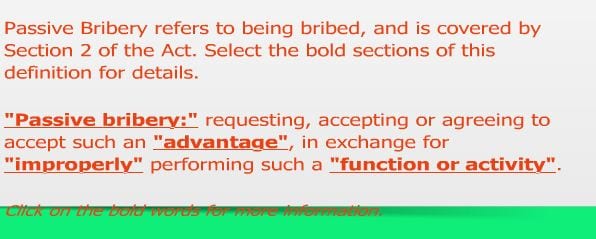In April Mr Willetts announced on changes to the Disabled Students Allowance. Claiming these will ‘modernise’ the system, he calls HEIs to pay ‘…greater consideration to the delivery of their courses and how to provide support’ which should include ‘…different ways of delivering courses and information.’ The definition of disability in the Equality Act 2010 will be the new guideline for access to DSA. This states you are only ‘disabled’ if you have a physical or mental impairment that has a ‘substantial’ and ‘long-term’ negative effect on your ability to do normal daily activities.
At the present time, DSA is awarded to a broad list of criteria including students diagnosed with dyslexia. Support for these students is being withdrawn. Reasons cited include ‘technological advances’ and ‘increases in use of technology’. Clever technology!
What Mr Willets is describing is inclusive practice. Taking advantage of the flexibility of digital information to be customised to suit user preference i.e. adjusting font shape and size, altering colour contrasts, listening to content read out loud and providing transcripts or textual alternatives to all forms of multi media. Institutions are being asked to ‘…play their role in supporting students with mild difficulties, as part of their duties to provide reasonable adjustments under the Equality Act.’ In other words. taking personal responsibility for providing accessible content.
If it were as easy as that Mr Willets, it would already be happening.
Back in 1997, Berners Lee and Daniel Dardailler, internet and www pioneers, had altruistic aims for information democracy. These two quotes are important. We need reminding lest we forget.
“Worldwide, there are more than 750 million people with disabilities. As we move towards a highly connected world it is critical that the web be usable by anyone regardless of individual capabilities and disabilities. The W3C is committed to removing accessibility barriers for all people with disabilities – including the deaf, blind, physically challenged, and cognitive or visually impaired. We plan to work aggressively with government, industry, and community leaders to establish and attain Web accessibility goals.” Berners Lee, T (1997)World Wide Web Consortium (W3C) Launches Web Accessibility Initiative. WAI press release 7 April 1997. www.w3.org/Press/WAI-Launch.html
“The users in our project are the Web users with a disability, like visually or hearing impaired people. The needs for these users are to access the information online on the Internet just as everyone else. The impact of this project on the users with disabilities is to give them the same access to information as users without a disability. In addition, if we succeed making web accessibility the norm rather than the exception, this will benefit not only the disability community but the entire population.” (Dardailler, D 1997 Telematics Applications Programme TIDE Proposal. Web Accessibility Initiative (WAI) http://www.w3.org/WAI/TIDE/f1.htm
In principle, I understand what Mr Willetts is saying but I doubt we are coming from the same place. I’ve tried to raise awareness of digital inclusion for some time. In practice I believe attitudes like these risk knee-jerk and exclusive reactions. Like lecture capture; sticking a 50 minute recording of a lecture online without content being made available in alternative formats.
Digital engagement mirrors ourselves as individuals. The provision of accessible online resources involves changing behaviours from unintentionally exclusive to inclusive when the affordances of technology are managed by individuals who all interact with it in different ways. The process of developing digital literacies is complex in particular when it comes to inclusive practice. History shows how the principle of ‘reasonable adjustments’ is often seen as the responsibility of someone else. It isn’t going to be as simple as it sounds in this statement.
Barriers to a higher education just multiplied and the principles of widening participation diluted.
Oh Mr Willetts, what have you done?















